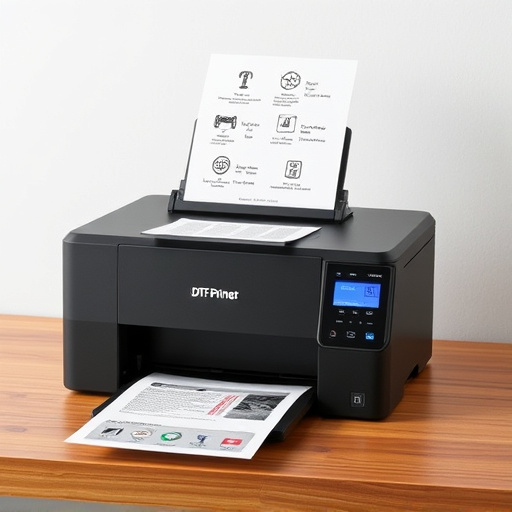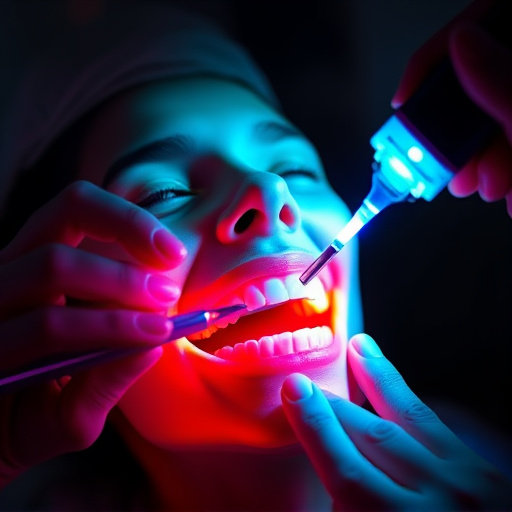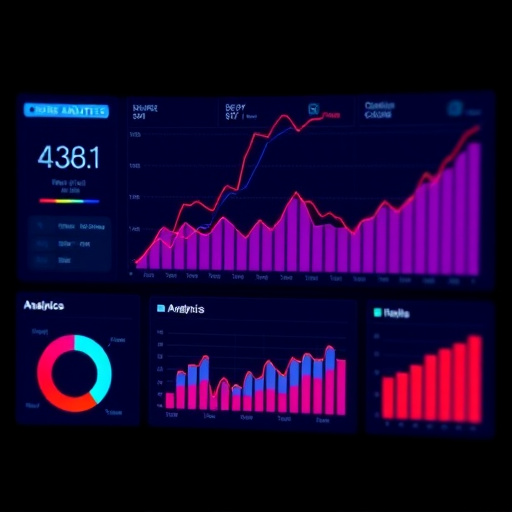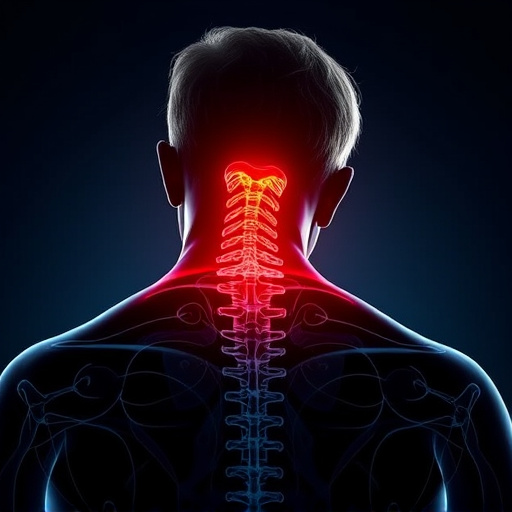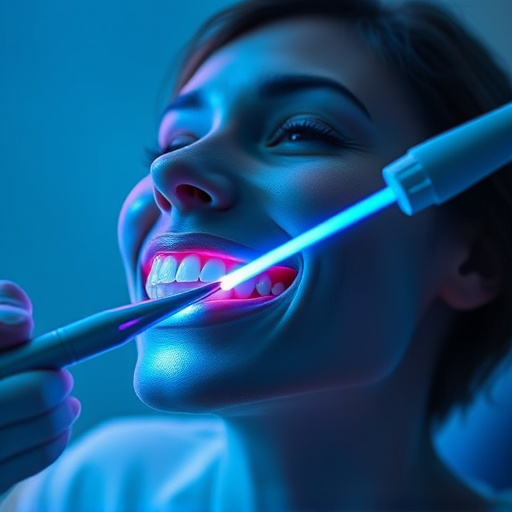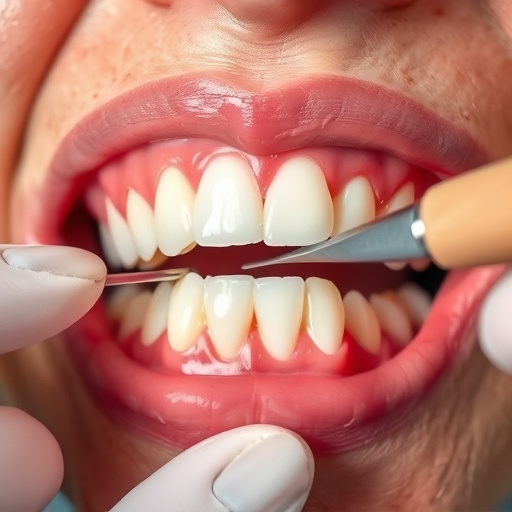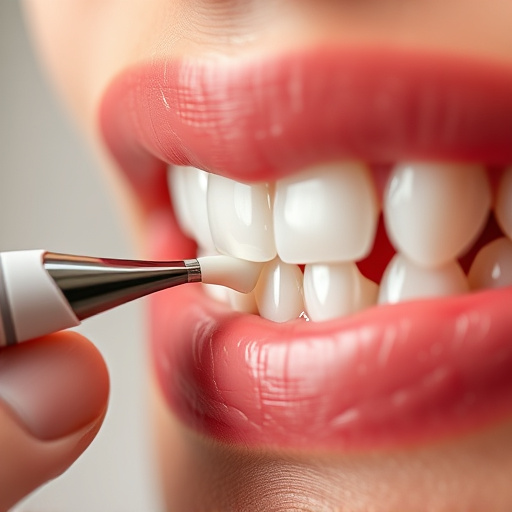Minimally invasive dentistry (MID) offers enhanced comfort and faster healing with advanced tools like laser dentistry, reducing recovery times for various treatments from cavities to restorative work. MID preserves natural tooth structure, enhancing aesthetic outcomes and minimizing risk of further damage. Modern technology improves precision and effectiveness, facilitating complex procedures like dental implants and custom restorations while enhancing patient satisfaction.
In today’s dental landscape, embracing minimal invasiveness offers numerous advantages. This innovative approach focuses on preserving tooth structure, reducing discomfort, and expediting recovery times—all while enhancing esthetic outcomes. By leveraging advanced technology, dentists can achieve unprecedented precision, ensuring treatments are tailored to individual needs. With less tissue removal, patients benefit from improved smiles without the usual downtime, making minimally invasive dentistry a game-changer for both practitioners and those seeking optimal oral care.
- Reduced Patient Discomfort and Recovery Times
- Less Tissue Removal for Improved Esthetics
- Advanced Technology and Precision in Treatment
Reduced Patient Discomfort and Recovery Times
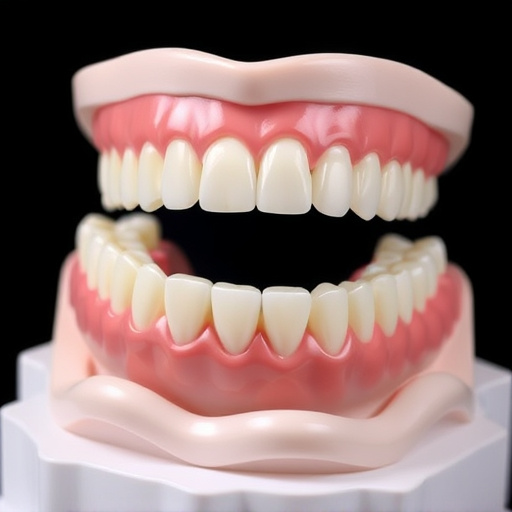
Choosing minimally invasive dentistry techniques offers a multitude of benefits for patients, especially when considering their overall experience and recovery process. Unlike traditional, more invasive procedures, these modern approaches prioritize patient comfort and swift healing times. By utilizing advanced tools and techniques, such as laser dentistry or micro-instruments, dentists can perform treatments with minimal discomfort. This reduced intrusiveness translates to shorter recovery periods, allowing patients to return to their daily routines faster.
For both adults and children’s dentistry, minimally invasive practices prove invaluable. In comprehensive dental care, these methods enable more conservative treatments for various issues, from cavity fillings to minor restorative procedures. Moreover, preventive dentistry gains a new dimension with minimally invasive techniques, as they often focus on early detection and less aggressive interventions, promoting better oral health in the long term.
Less Tissue Removal for Improved Esthetics
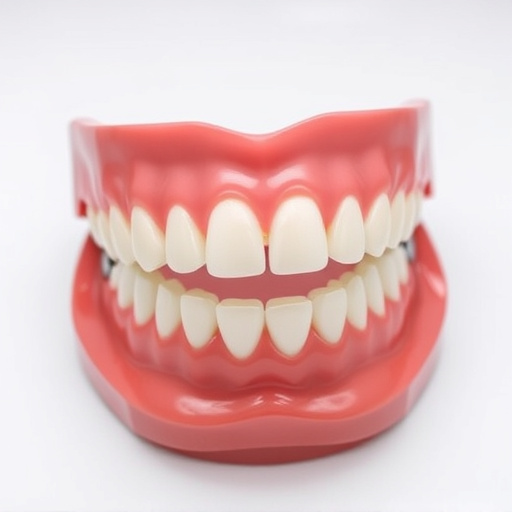
Minimally invasive dentistry techniques focus on preserving as much natural tooth structure as possible, which offers a significant advantage when it comes to esthetics. Traditional dental procedures often involve extensive tissue removal to access and prepare teeth for treatments like fillings or crowns. This can lead to visible changes in the mouth, including reduced gum lines and altered tooth appearance. By adopting less invasive methods, dentists minimize the need for excessive cutting and sculpting of gums and enamel, resulting in more natural-looking smiles.
For example, when restoring a damaged tooth with dental crowns, minimally invasive techniques allow for smaller preparations, preserving more healthy tooth material. This not only reduces the risk of further damage but also creates a more aesthetically pleasing restoration that blends seamlessly with surrounding teeth. Such approaches are especially beneficial in general dentistry practices where enhancing a patient’s smile can boost confidence and overall satisfaction with their oral health and appearance.
Advanced Technology and Precision in Treatment
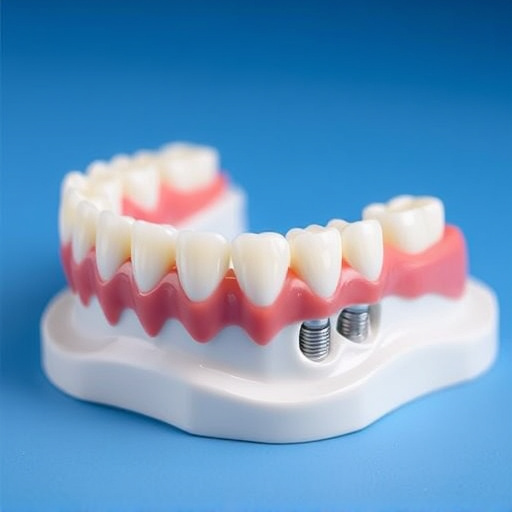
In the realm of modern dentistry, the adoption of advanced technology has significantly enhanced the precision and effectiveness of minimally invasive dental techniques. These cutting-edge tools allow dentists to perform intricate procedures with greater accuracy, ensuring minimal damage to healthy tooth structures during treatments like teeth cleaning or tooth repair. For example, digital imaging technologies provide detailed visualizations of oral health, enabling more precise planning for complex cases, including dental implants.
The integration of laser technology and computer-aided design (CAD) software further amplifies the capabilities of minimally invasive dentistry. Laser scanners can quickly capture a patient’s oral anatomy, streamlining the process of creating custom restorations or guiding surgical procedures. CAD software assists in designing precise dental prosthetics, while laser treatments offer localized healing benefits and reduced recovery times for certain tooth repair techniques. These technological advancements not only elevate the standard of care but also contribute to patient comfort and overall satisfaction during their dental experiences.
Minimally invasive dentistry (MID) techniques are transforming oral care by offering multiple advantages, including reduced patient discomfort, faster recovery times, less tissue removal for enhanced esthetics, and advanced technology for precise treatments. By adopting MID practices, dental professionals can provide superior patient experiences while achieving outstanding cosmetic results, making it a game-changer in modern dentistry.
